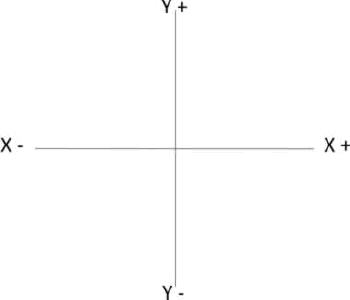Generally, ballistics is reserved to the study of projectiles from ranged weapons. While Colgate does not own a ball launcher (which would benefit this blog post as well as my nascent tennis skills), I do have an experienced tennis player friend who shall replace the ball launcher and act as my "ranged weapon".
For the purposes of this blog post, let us assume the trajectory of a tennis ball follows a smooth arc across the court. The forces that we consider are gravity, which is constant throughout the ball's air time, and the initial force from the "ranged weapon". Kinematics tells us that when the ball reaches it's peak, it shifts from a positive y velocity to a negative y velocity and maintains a constant x velocity throughout the travel time. The physics behind a tennis ball's motion is actually much more complicated when taking into account air resistance and spin on the ball. The momentum and collision unit that we just started adds yet another degree of complexity as we can now study the physics of the ball bouncing off the racquet.


No comments:
Post a Comment
Note: Only a member of this blog may post a comment.